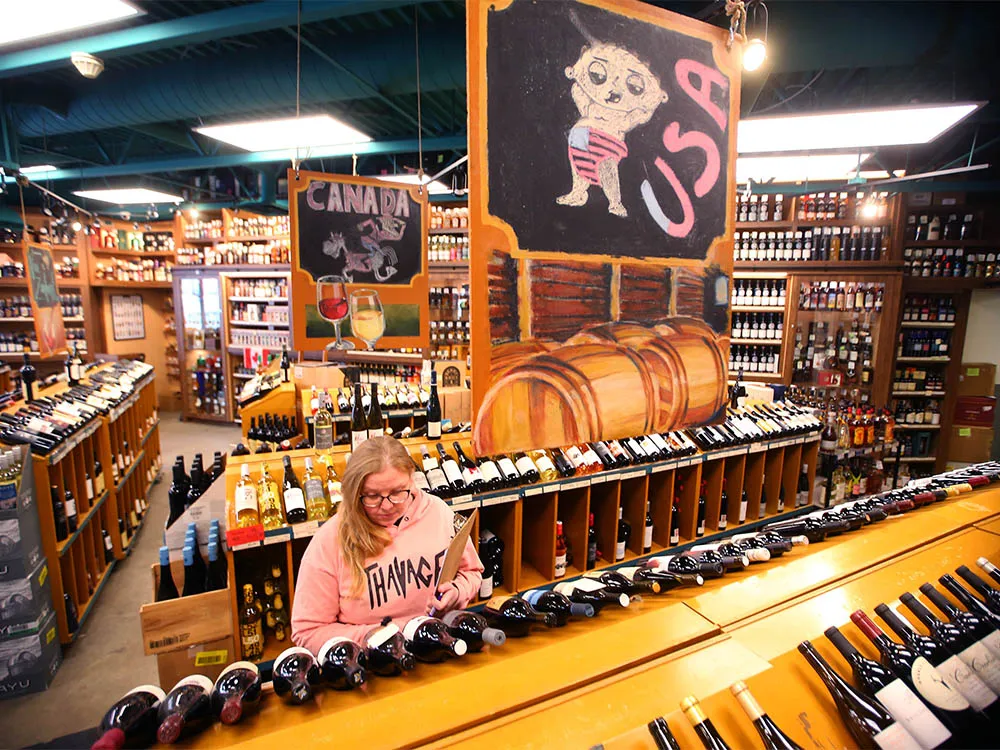The Alberta government has introduced significant changes to its wine taxation system, which could severely impact small wine producers. Under the revised Markup Rate Schedule, wines with an alcohol by volume (ABV) of over 16% will be subject to a standard markup of $6.88 per liter, while those at 16% ABV or less will see a markup of $4.11 per liter.
Small manufacturers qualify for reduced rates, but a new tax on high-value wines, taking effect on April 1, will add further financial pressure. Wines wholesaling at $15 per liter or more will face additional ad valorem taxes, increasing costs considerably.
Small Wineries Struggle as Sudden Tax Hikes Threaten Industry Competitiveness
Rick Barr, owner of Barr Estate Winery Inc., warns that these changes could be devastating for small wine producers. With price increases of up to $4 to $6 per bottle for wines exceeding $20 per liter, Barr fears this will make it difficult for small wineries to compete.
He explains that neither producers nor liquor stores can absorb these costs, potentially pushing small wineries out of business. While Barr’s winery currently falls below the threshold for major impacts, others could struggle significantly due to the increased financial burden.

Many industry professionals, including Al Drinkle, a partner at Metrovino Fine Wines in Calgary, express frustration over the sudden tax changes. Drinkle describes the implementation as shocking and highlights the lack of consultation with stakeholders, such as importers, retailers, and restaurants. He believes the tax unfairly targets authentic wine growers and small-scale producers while increasing financial strain on an industry already affected by high shipping costs and economic uncertainty.
Debate Over Alberta’s Wine Tax: Industry Sustainability vs. Unfair Burden
The Alberta government argues that the tax changes are necessary for the sustainability of both the liquor industry and government revenues. Brandon Aboultaif, press secretary to Minister Dale Nally, states that the updated markup system is designed to balance industry viability with public interest. He asserts that only about 16% of wines sold in Alberta will be affected, and the new taxation model is expected to generate between $22 million and $23 million in annual revenue for the province.
One of the primary criticisms of the tax is its classification of a $25 bottle of wine as “high-value.” Both Drinkle and Barr argue that inflation, rising shipping costs, and a weak Canadian dollar make this classification misleading. Drinkle likens the tax to an arbitrary surcharge on premium cheese, suggesting that small, high-quality producers are being unfairly targeted. Barr also points out that truly premium wines are typically priced at $50 or $60 per bottle, making the new tax structure seem unjustified.
Critics argue that the new tax amounts to a double tax, as the ad valorem markup does not replace the existing flat tax but rather adds to it. Drinkle emphasizes that this additional tax will disproportionately affect both domestic and imported wines, further harming small businesses. As the industry struggles with this unexpected policy change, many small wine producers fear for their future and question whether they can sustain operations under the new tax regime.


